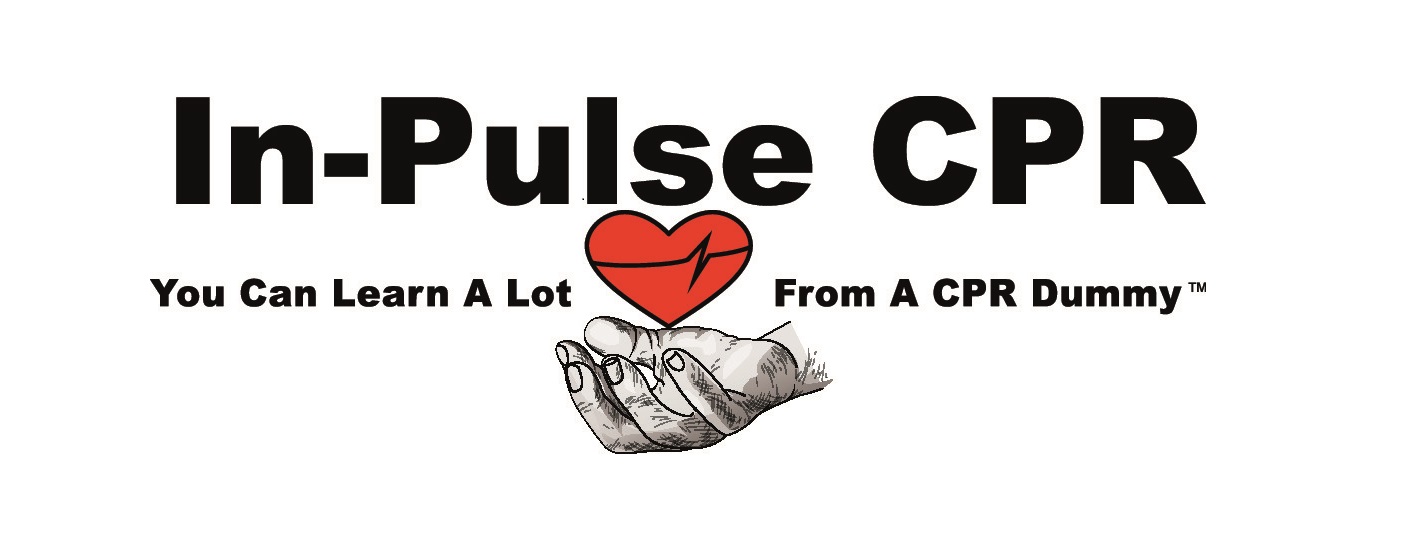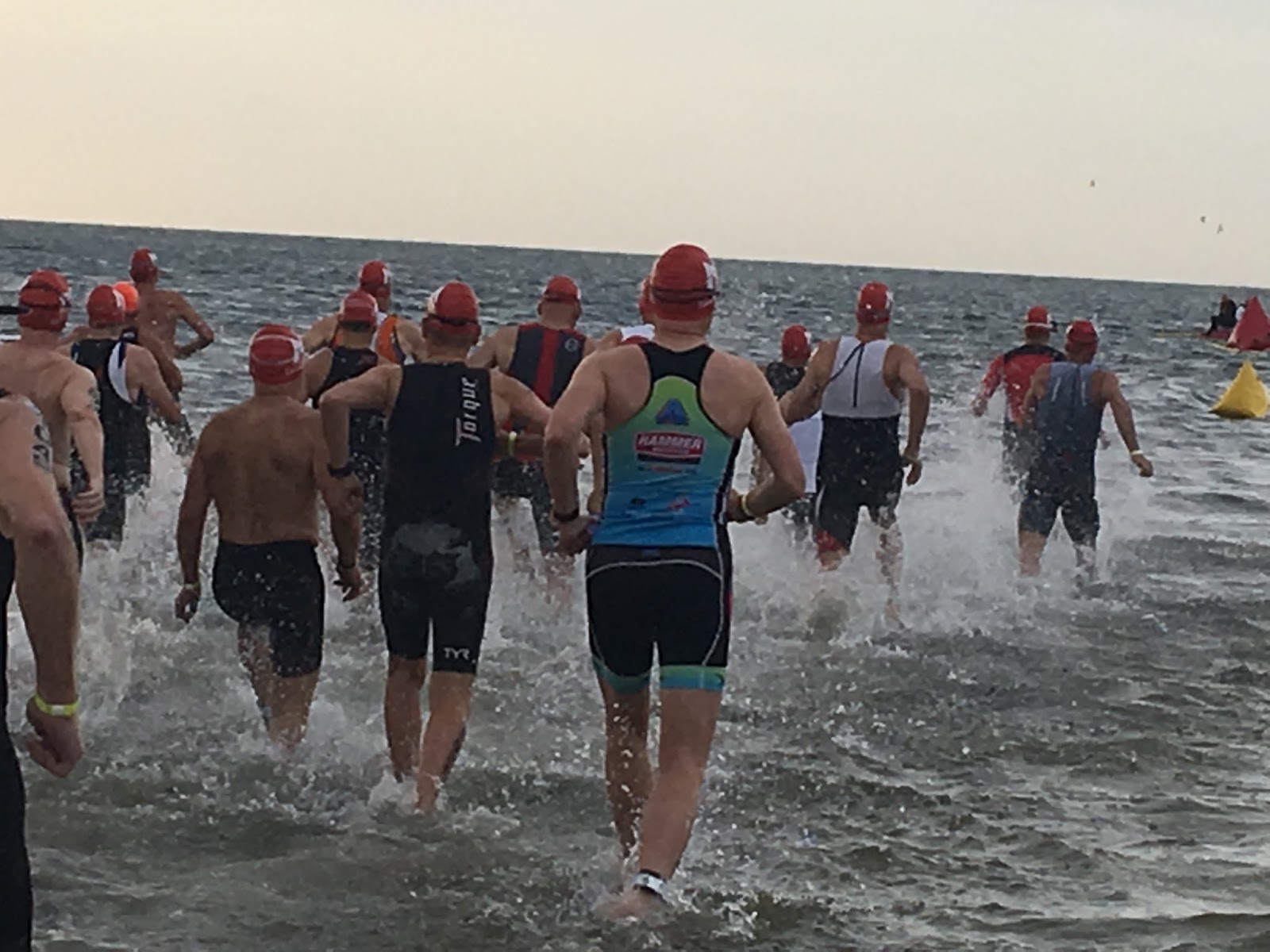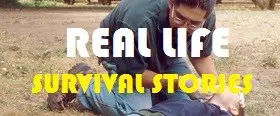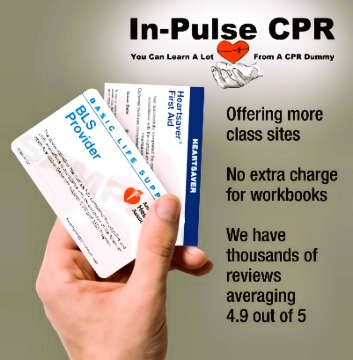Let me tell you about Alex
If you have never witnessed a person go in to cardiac arrest then consider your self lucky. If you have then you experienced one of two things:
1: Complete helplessness
2: An overwhelming sense to act
Those of you who would relate with the ladder must be CPR certified.
If you can’t relate to either, let me tell you about Alex.
Alex was an average man in his mid twenties. He was never the Heroic type. Never one to jump in to a raging river to save someone drifting away or run in to a burning building because their might be occupants, but that is neither here no there.
Alex was strolling through the mall one afternoon when he came across a large group of people gathered around a center point on the floor. In the middle of this chaotic gathering was an elderly man unconscious. Alex asked a by stander what happened and he said the man was grasping his chest and sweating profusely before he fell unconscious. Having taken a CPR certification class at his place of work, Alex knew that this man had just gone in to cardiac arrest. He made his way through the crowd and brushed off the random people who were attempting to “help”. Alex checked his pulse and breathing and with what he learned, knew that he needed to act quickly. He began CPR and had a by stander call 911. He continued breathing and chest compression until EMT’s arrived on the scene. Because of Alex and what he knew, that man went home the next day to his wife of 46 years and got to see his six grand children again.
Every year that man sends Alex an invitation to his birthday party. In the invitation it says, “I’m only here because of you kido.”
If Alex hadn’t taken that optional CPR certification class, the elderly man would have died on the floor that Saturday afternoon, and Alex would have been just like everyone else in the crowd, crippled with helplessness. Instead, Alex was a hero and saved a life that no one else there could.
Talk to your supervisor today about getting a certification class in your office or place of work. Tomorrow could be your day to save a life.









